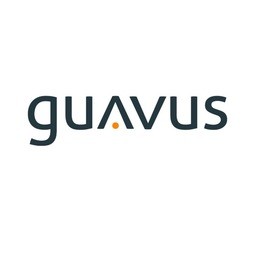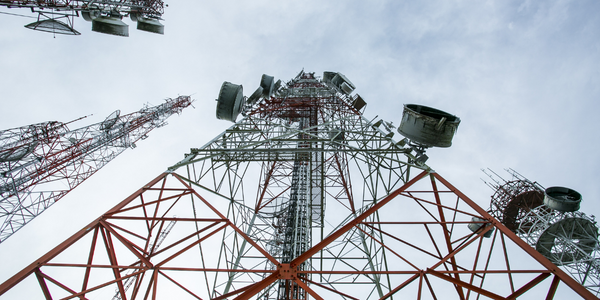Customer Company Size
Large Corporate
Product
- Service-IQ / Marketing Analytics
Tech Stack
- Real-time Data Processing
- CRM
Implementation Scale
- Enterprise-wide Deployment
Impact Metrics
- Revenue Growth
- Customer Satisfaction
Technology Category
- Analytics & Modeling - Real Time Analytics
Applicable Industries
- Telecommunications
- Food & Beverage
Applicable Functions
- Sales & Marketing
Use Cases
- Demand Planning & Forecasting
Services
- Data Science Services
About The Customer
The customer in this case study is a Tier 1 Mobile Network Operator (MNO). The MNO was approached by a restaurant chain to help launch a campaign to encourage people to download the restaurant's free app. The campaign involved sending messages to consumers' mobile phones. The MNO was challenged to improve the conversion rate of the campaign, with the restaurant chain agreeing to pay more for each download if the MNO could better target their customers.
The Challenge
A restaurant chain approached a Tier 1 mobile service provider to help launch a campaign sending messages to consumers’ mobile phones, encouraging people to download the restaurant’s free app. The messages were sent to large audience segments, created on the basis of standard demographic information, such as device type and age group of opt-in subscribers. However, the ad campaign was costly, as it was being sent to millions of mobile users, and was yielding poor results – about .6 app downloads per every 100 messages sent. The restaurant chain challenged the mobile operator to improve the conversion rate, agreeing to pay more for each download if the operator could better target their customers.
The Solution
The MNO used Service-IQ Marketing Analytics to separate the target audience into sub-segments, using both demographics and content interest. Based on their interests, such as travel or specialty food, subscribers now received personalized messages with links included. This small change produced staggering results. First, the percentage of consumers who actually clicked on the link in the message went from 2% to 8%. Second, of the people who clicked on the message, 53% downloaded the app vs. 27% previously. This resulted in a 7x increase in conversion rate! The operator now received more revenue per message sent. The restaurant was willing to pay a higher amount per message because the personalization drove higher adoption rates. Conversely, the cost to run the campaign decreased due to the smaller, more-focused audience segments.
Operational Impact
Quantitative Benefit

Case Study missing?
Start adding your own!
Register with your work email and create a new case study profile for your business.
Related Case Studies.

Case Study
The Kellogg Company
Kellogg keeps a close eye on its trade spend, analyzing large volumes of data and running complex simulations to predict which promotional activities will be the most effective. Kellogg needed to decrease the trade spend but its traditional relational database on premises could not keep up with the pace of demand.
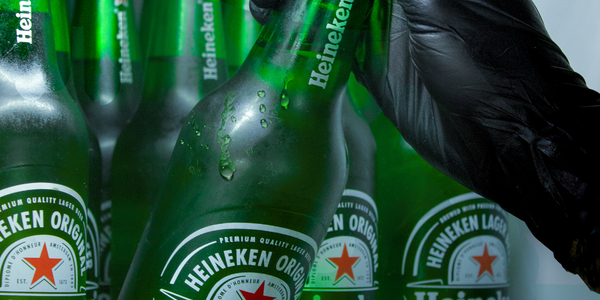
Case Study
HEINEKEN Uses the Cloud to Reach 10.5 Million Consumers
For 2012 campaign, the Bond promotion, it planned to launch the campaign at the same time everywhere on the planet. That created unprecedented challenges for HEINEKEN—nowhere more so than in its technology operation. The primary digital content for the campaign was a 100-megabyte movie that had to play flawlessly for millions of viewers worldwide. After all, Bond never fails. No one was going to tolerate a technology failure that might bruise his brand.Previously, HEINEKEN had supported digital media at its outsourced datacenter. But that datacenter lacked the computing resources HEINEKEN needed, and building them—especially to support peak traffic that would total millions of simultaneous hits—would have been both time-consuming and expensive. Nor would it have provided the geographic reach that HEINEKEN needed to minimize latency worldwide.
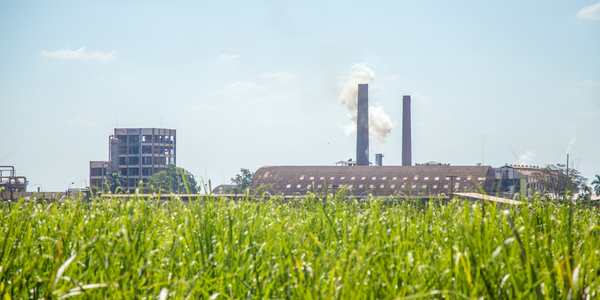
Case Study
Energy Management System at Sugar Industry
The company wanted to use the information from the system to claim under the renewable energy certificate scheme. The benefit to the company under the renewable energy certificates is Rs 75 million a year. To enable the above, an end-to-end solution for load monitoring, consumption monitoring, online data monitoring, automatic meter data acquisition which can be exported to SAP and other applications is required.
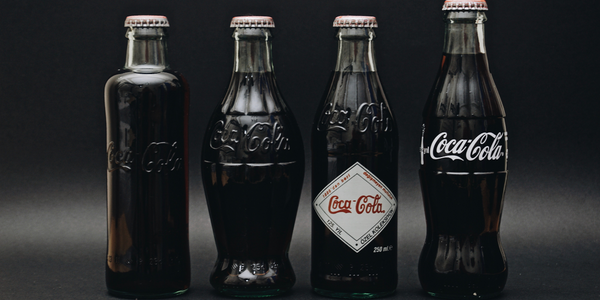
Case Study
Coca Cola Swaziland Conco Case Study
Coco Cola Swaziland, South Africa would like to find a solution that would enable the following results: - Reduce energy consumption by 20% in one year. - Formulate a series of strategic initiatives that would enlist the commitment of corporate management and create employee awareness while helping meet departmental targets and investing in tools that assist with energy management. - Formulate a series of tactical initiatives that would optimize energy usage on the shop floor. These would include charging forklifts and running cold rooms only during off-peak periods, running the dust extractors only during working hours and basing lights and air-conditioning on someone’s presence. - Increase visibility into the factory and other processes. - Enable limited, non-intrusive control functions for certain processes.
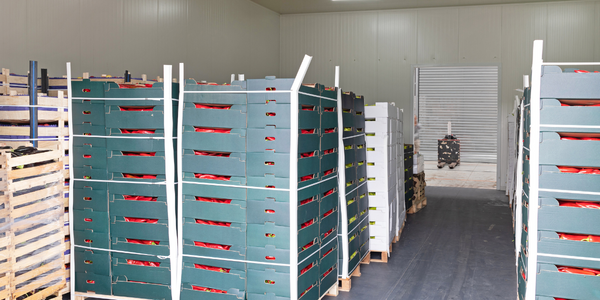
Case Study
Temperature Monitoring for Restaurant Food Storage
When it came to implementing a solution, Mr. Nesbitt had an idea of what functionality that he wanted. Although not mandated by Health Canada, Mr. Nesbitt wanted to ensure quality control issues met the highest possible standards as part of his commitment to top-of-class food services. This wish list included an easy-to use temperature-monitoring system that could provide a visible display of the temperatures of all of his refrigerators and freezers, including historical information so that he could review the performance of his equipment. It also had to provide alert notification (but email alerts and SMS text message alerts) to alert key staff in the event that a cooling system was exceeding pre-set warning limits.

